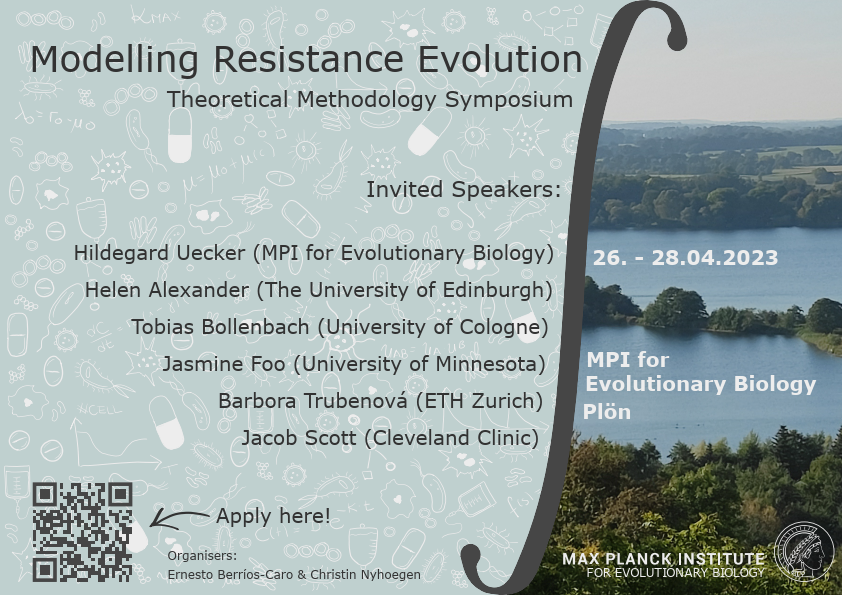Speaker
Description
Despite rapid initial responses and low toxicity, targeted therapies commonly fail to provide long-term benefits to cancer patients due to the development of therapy resistance. In multiple solid tumors, this resistance emerges due to gradual, multifactorial adaptation, i.e., a selective process combining genetic and non-genetic methods of cell diversification. This suggests a significant link between the evolution of cancer treatment resistance and evolvability – a selective trait of generating heritable phenotypic variation. However, the interplay between selection, evolvability, and resistance has not yet been fully investigated. We addressed this problem by studying the selection for mutator phenotype. The mutator phenotype is common in many cancers and results from errors in DNA repair mechanisms. This phenotype generates mutations at a higher frequency than other phenotypes. Since mutations can both benefit or reduce cell viability, we hypothesized that the selection for a mutator phenotype changes during the evolution of resistance to cancer targeted therapies. We tested this hypothesis by developing a 2D on-lattice Agent-Based Model (ABM). In the model, a cell can die, divide and mutate, yet mutations have a stochastic impact that can be beneficial, neutral, or deleterious for the individual cell fitness. Consequently, the resistance emerges as a stochastic event depending on the mutation frequency. Our results demonstrate that 1) the mutator phenotype initially accelerates adaptation to treatment, but 2) only intermediate mutation frequencies can sustain high fitness long-term. This work provides a versatile experimental platform that can be adjusted to study the evolution of resistance in other cancers beyond NSCLC and treatments. Moreover, our results challenge the commonly held assumption that resistance develops only due to pre-existing driver mutations and provide an opportunity to integrate evolutionary theory and oncology to improve treatment in cancer patients.

